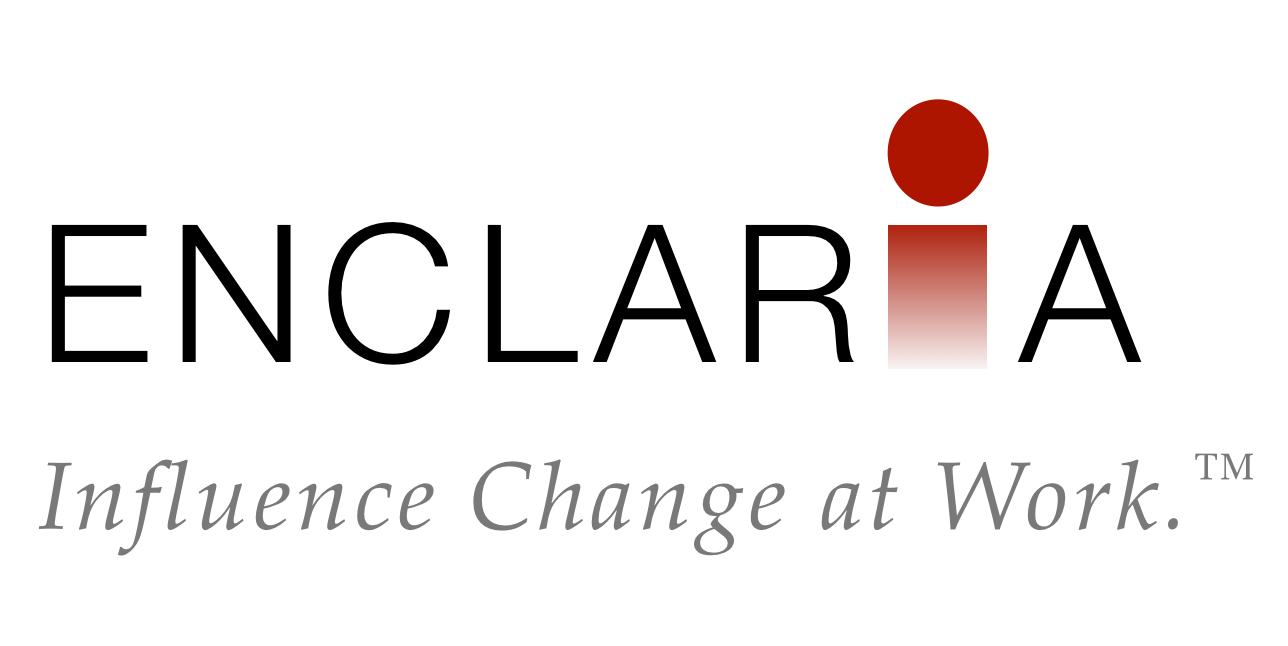Change implementation often crosses functional lines in organizations. For example, consider a project designed to improve inventory accuracy, which is driven by the supply chain function, but requires adoption by people in operations who will use the system. The people in operations don’t report to the supply chain function, so the change may not be a priority for them.

What do you do when the organizational function that needs to adopt the change is not the one trying to implement it? Here are three tips for influencing across organizational boundaries:
Share Sponsorship
In the example, the leader of the supply chain group is the sponsor of the project. To gain commitment from the operations leader, they’ll need to share some ownership of the project. That way, they and their teams become participants in the change instead of unwilling victims.
Involve leaders whose teams need to adopt change to be a part of the guiding coalition for the project. Ask the sponsor to partner with the other leader on decisions. Invite the other leader to help make the project work for them, instead of forcing them to do it in a way that only works for the sponsoring department. Make it easier for them to lead the change in their area by clarifying their role.
Find Mutual Goals
Different functions may have conflicting goals. Local optimization means departments pursue their own goals at the expense of others’ performance. On the other hand, groups that find common ground can work together to achieve mutual goals. In our example, the supply chain department aims to minimize inventory. The operations group strives to produce efficiently. These two goals are often at odds. However, both groups want timely delivery of materials without shortages, which is supported by the inventory accuracy project.
Step back and identify a mutual goal or one that is more organization-wide, and encourage both groups to commit to achieving it. If one function must sacrifice their own goals for the greater good of the organization, align recognition programs and management expectations so they can be rewarded for achieving organizational goals at the expense of their own.
Fix Their Problems
When departments are interdependent, performance in one function affects the other. In our example, the supply chain group provides materials to the operations group. In the past, system inaccuracies have caused delays and shortages of materials, which affects efficiency. If the supply chain function shows that adopting the project will eliminate these frustrations, the operations group will be more likely to support it.
Show how a performance improvement in the department driving change will improve performance in the one that adopts it. Point to past deficiencies and complaints that will be addressed by the change (even if it means admitting poor performance in the past). Allow the adopting function to share in the benefits of the project.
When the function that is implementing change is different from the one that will need to adopt it, organizational boundaries can seem to diminish the importance of the change. Involve the adopting group in the implementation in meaningful ways, so the project can become a higher priority for them. In spite of the language in this article, develop a collective “we,” instead of distinguishing “us” versus “them.”

 Redefine Consequences to Gain Commitment to Achieving Results
Redefine Consequences to Gain Commitment to Achieving Results